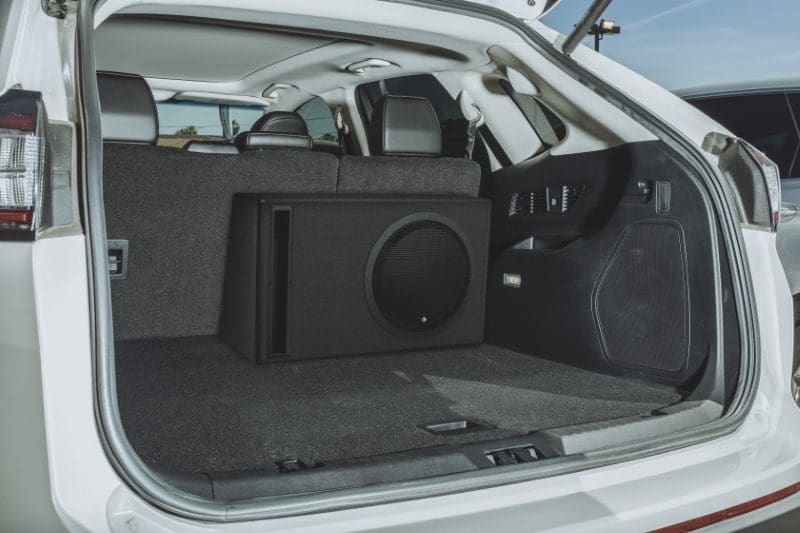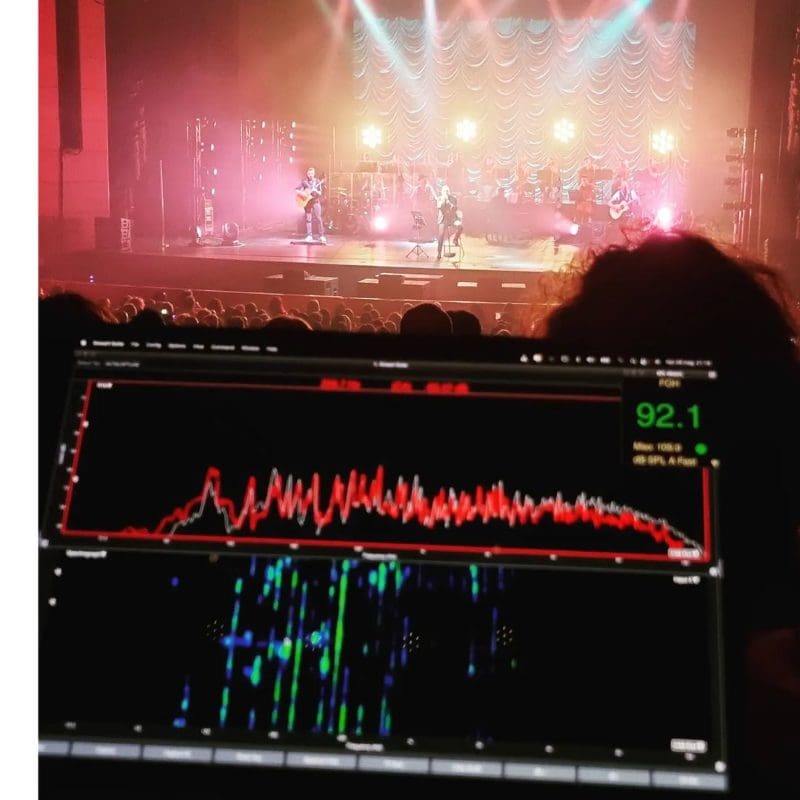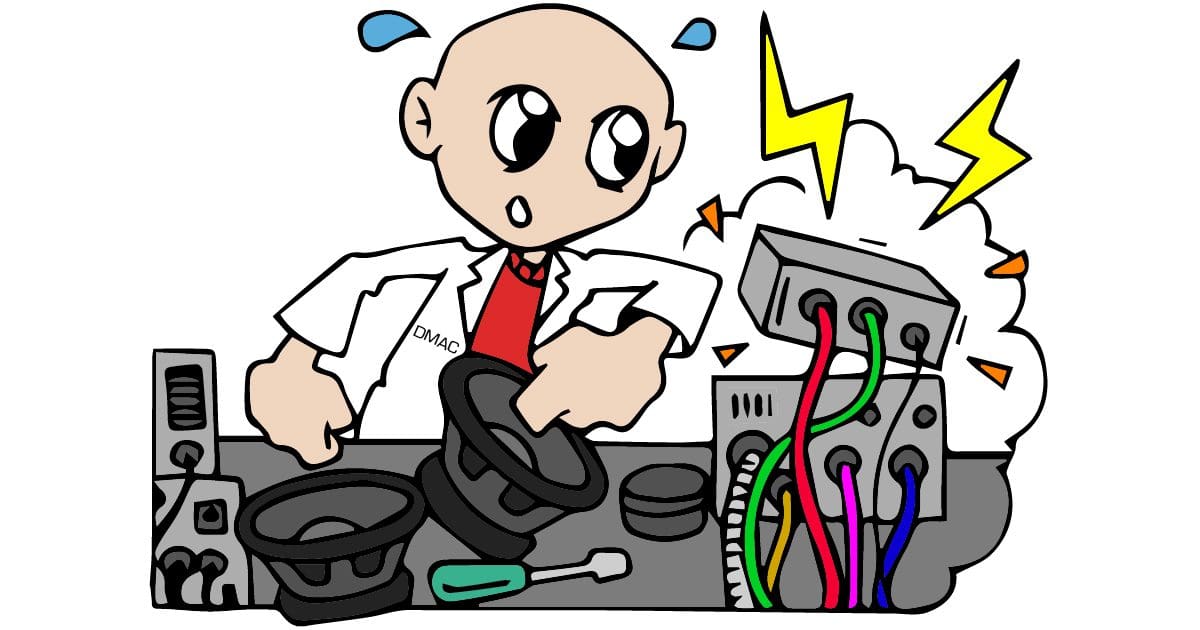I’m sorry. I told myself it was a bad idea. I was craving that dopamine rush. I guess I have to admit that I have a social media addiction. The other day I found myself on Reddit, scrolling through one of the audiophile groups and came across a great post asking, “What things, besides frequency response, affect the detail and staging of a speaker set?” This is a great question! However, it brought out responses from people who refuse to accept that everything about reproducing audio in any venue is 100% purely based on science.
Audio Science Starts in the Studio
If you’ve read Dr. Floyd Toole’s book, “Sound Reproduction,” you know that a listening experience’s result starts in the recording studio. Aside from the performers and their instruments, the outcome of a recording session is determined by the microphones that are used and where they’re placed, how room reflections are captured, the processing applied to each track, and how everything is mixed together. An artist could perform their portion of a song identically in two different studios, with different microphones, recording equipment, technicians and engineers, and the results would be dramatically different.
Dr. Toole notes a study that evaluated frequency response variations in recording studios. I expected every studio to have a monitor response that was as flat and neutral as possible. The reality is that variations in the average frequency response of more than 10 dB exist across 50% of the 250 studios that were measured. Interestingly, all the studios tested were using the same speakers. If a track is mixed in a studio with minimal low-frequency output, the recording could easily have too much bass when played on a system with a flat response.
I recently installed the Rockford Fosgate P500-12P subwoofer I reviewed last year in my wife’s Santa Fe. Scrolling through radio stations produced similar results to what the testing in Dr. Toole’s book presented. Some stations sounded great. Others were somewhat bass-shy, and others had way too much bass. It takes very little time to calibrate this to be neutral so that all stations sound the same.

Music Creation Is Art. Music Reproduction Is Science.
There’s a common misconception among audio enthusiasts that reproducing music recordings contains a level of artistry. Having developed many car audio products over the years, I can confirm that cosmetics play a significant role in component design. But no art is involved in the electronics or performance of an audio component. Factors like frequency response, efficiency, distortion characteristics and output capability are all elementary to quantify. Product features are also easy to implement. For example, should an amplifier have -12 dB Butterworth or -24 dB Linkwitz-Riley filters? The answer is simple if you understand how the output of two speakers sums together.
On the artistic side of music creation, there are no rules. Think of an electric guitar. The guitar’s output is typically fed through a device that adds distortion. Some recordings have a microphone placed in front of a guitar speaker cabinet to capture the “sound” of the amplifier and the cabinet. Why? Because they add harmonics and other distortions to the sound. Vacuum tube amplifiers are notorious for adding significant amounts of distortion. Likewise, a singer could hold a microphone very close to their mouth or wrap their hand around it – both change the sound of the recording. If the artists, engineers and producers are happy with the results, it’s not wrong. If you’re interested in how studios affect recordings, check out “Foo Fighters: Sonic Highways” on Prime Video or Apple TV+.

I Want To Make a Collect Call to My Therapist, Please
Let’s talk about where that thread on Reddit went sideways. Someone said, “I’m not sure why people try to turn audio into a science but it just isn’t possible. We all prefer different things.” They finished their ramblings with, “A speaker is the sum of its parts. Expensive speakers have expensive parts and design. Some measure well, some don’t, that has nothing to do with which one you’d like in a blind test.”
Unfortunately for this person, science has proved otherwise. Harman International, the parent company of JBL, Infinity, Lexicon, Crown, AKG, Revel, Mark Levinson and Harman/Kardon, has spent millions of dollars and thousands of hours quantifying what people like. They’ve created testing facilities to provide controlled and unbiased listening experiences for test subjects to have the best chances of picking a product or sound that they enjoy. As a result of their efforts, the Harman headphone response curve has become the de facto standard by which all headphones from all companies are measured for accuracy and predicted consumer acceptance.
Does that mean every listener has the same preferences? Not at all. Some will like more bass and more highs. Others prefer neutral bass levels with good extension and a laid-back high-frequency response. Identifying these preferences is part of the client evaluation process for the person designing, configuring and calibrating their car audio system. If the client wants a lot of bass, a single 8-inch sub in a sealed enclosure isn’t going to be enough.
With the above stated, there’s still a matter of accuracy. To quote from Dr. Toole’s book: “We can detect flaws in the reproduction of music of which we have no prior knowledge and in which we find no pleasure.” As a dramatic example, say you were listening to an audio recording. It doesn’t matter what the music is. You might prefer heavy metal but are listening to Taylor Swift. If someone were to take an equalizer and apply 12 dB of boost at 500 Hz, you’d instantly know that something was “wrong” with the reproduction.

Your Poorly Designed Audio System Sounds Bad!
Last year, my eldest son and I chose to attend a car audio SPL contest. We walked around, hoping to see something interesting or cool that wasn’t a blatant fire or safety hazard. We walked past a car with its windows down and blaring music. My son looked at me and asked, “Why does that sound so terrible?” He wasn’t referring to the foul language but to how the so-called music was reproduced. Sure enough, a quick look in the vehicle showed a small collection of PA speakers in the doors, playing like midbass drivers. The levels of distortion were so significant that it was almost impressive. Hoping that a 96 dB efficient 6.5-inch PA-style speaker will play loudly down to 80 Hz is an excellent example of not understanding how speakers work or how to design a speaker system.
I’ll add that my kids don’t have any amount of formal training in the science of audio system design. They help me with projects at home and occasionally accompany me to the lab to help with testing. Their opinion of good, bad or otherwise is 100% their own. So far, though, they’re impressively accurate.
The Science of Car Audio
In the 35 years I’ve worked in the car audio industry, I never once thought I had learned everything I could about any particular topic. I’m incredibly fortunate to have a job that allows me to research and perform testing on anything I think will be interesting or informative to our readers. Professionally reviewing car audio products for 24 years has also given me a unique look into how different features and designs affect the performance of different audio products. Whether or not I knew it when I started installing car audio systems all those decades ago, every day that I worked was a science lesson. Knowing that now makes me crave even more knowledge.

